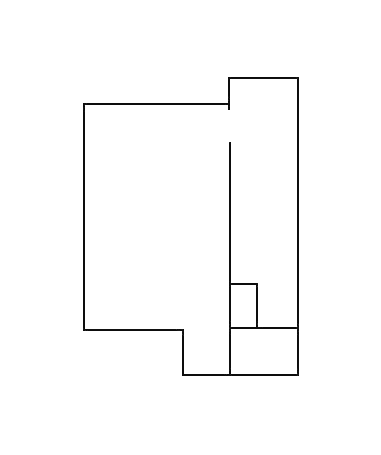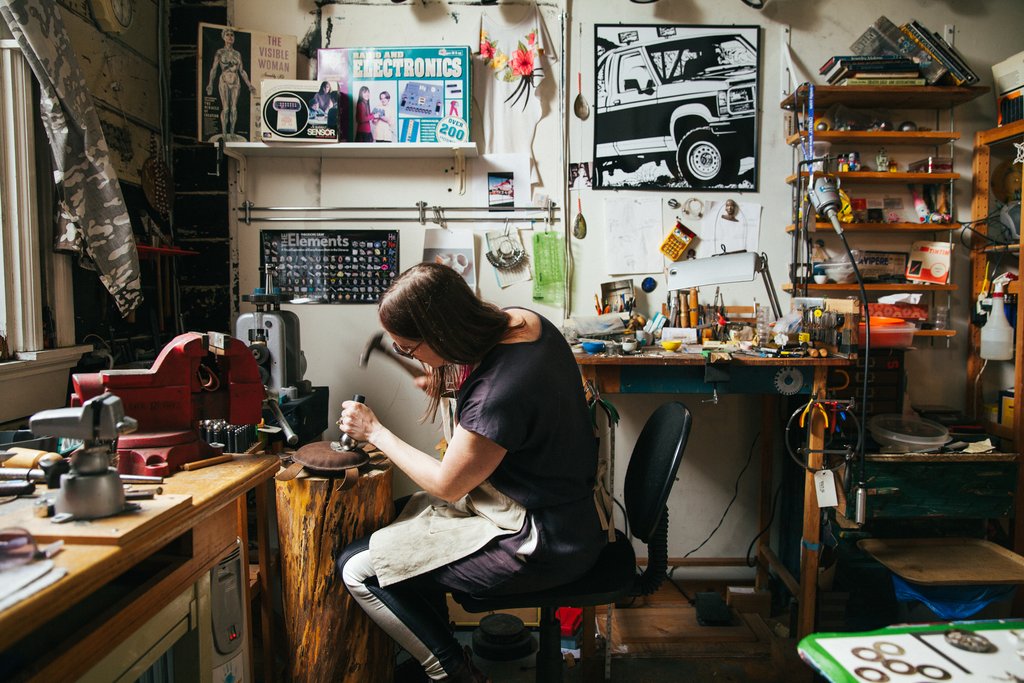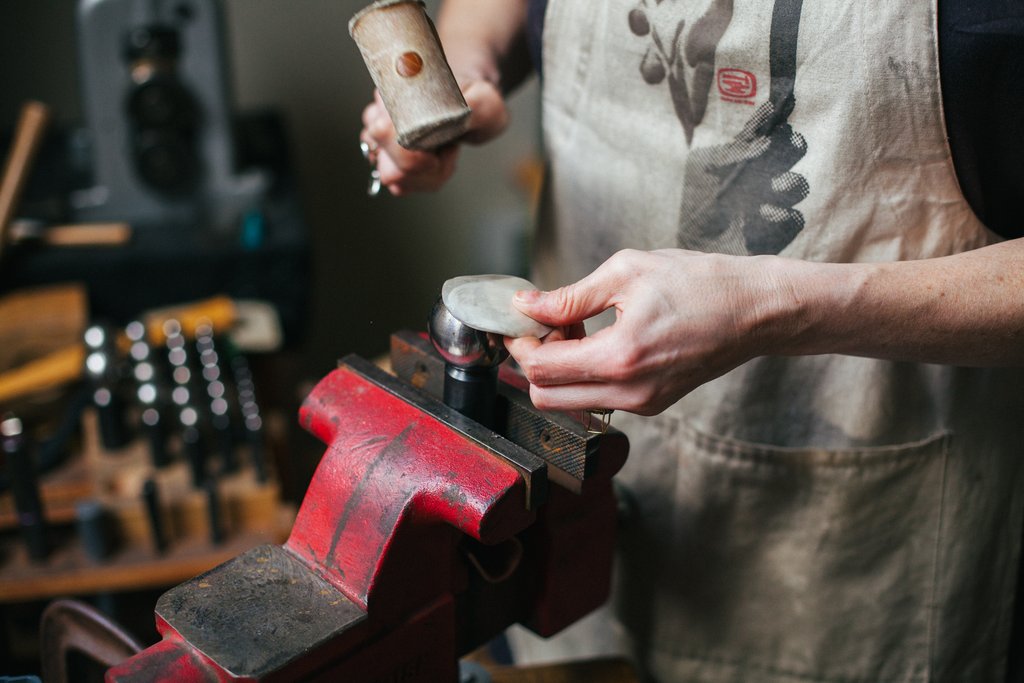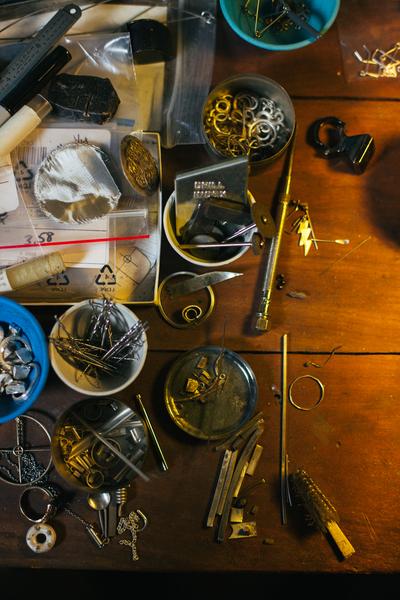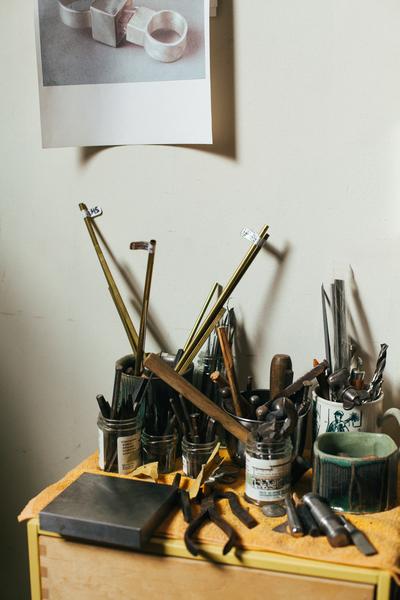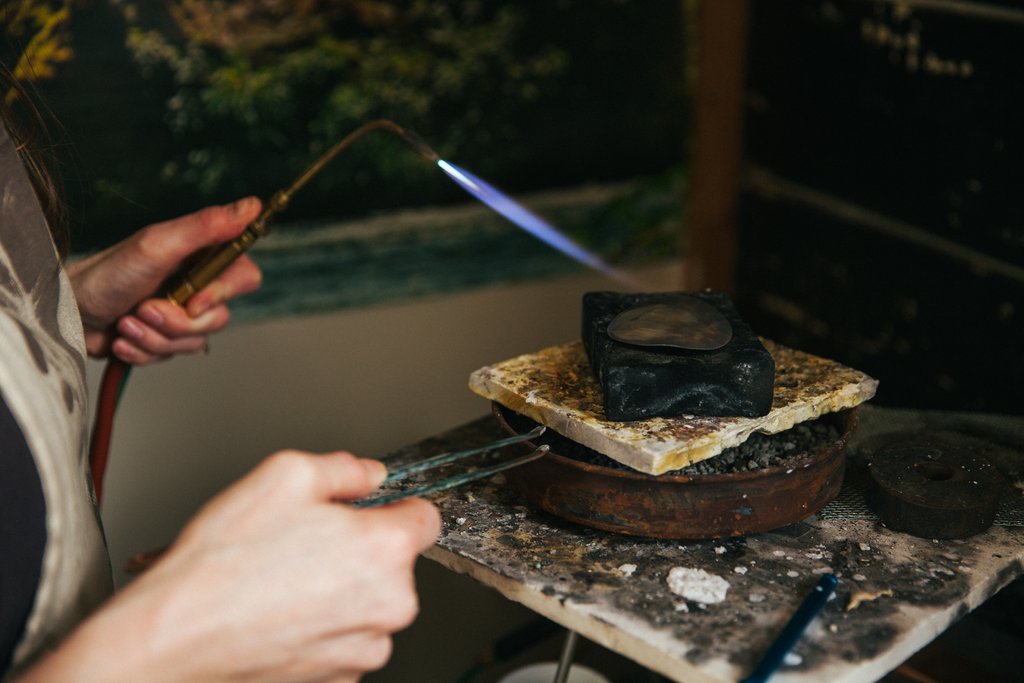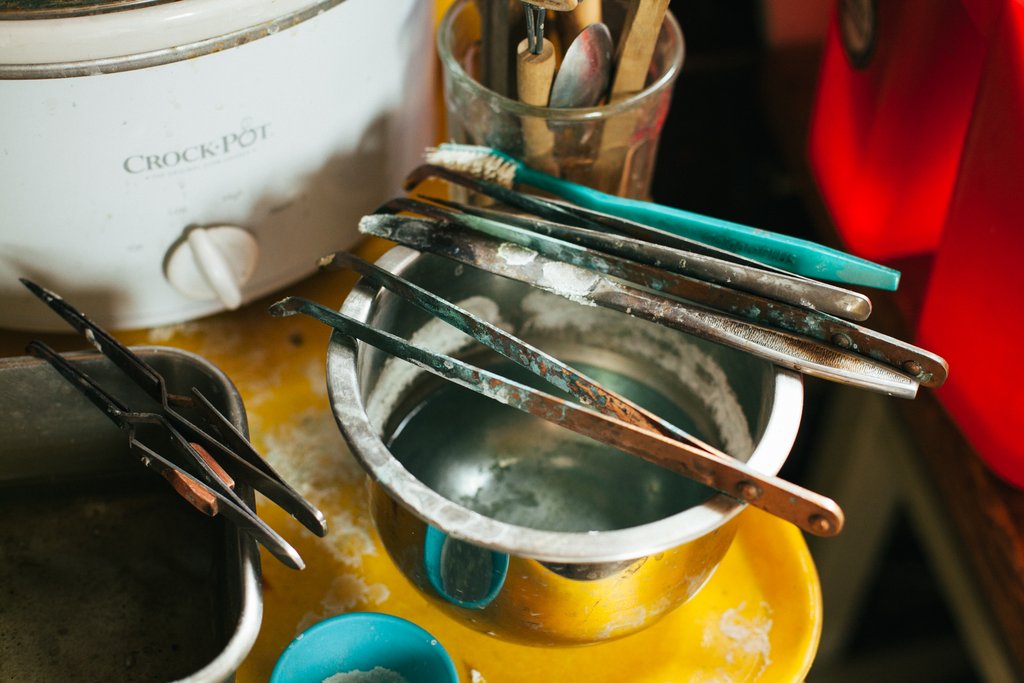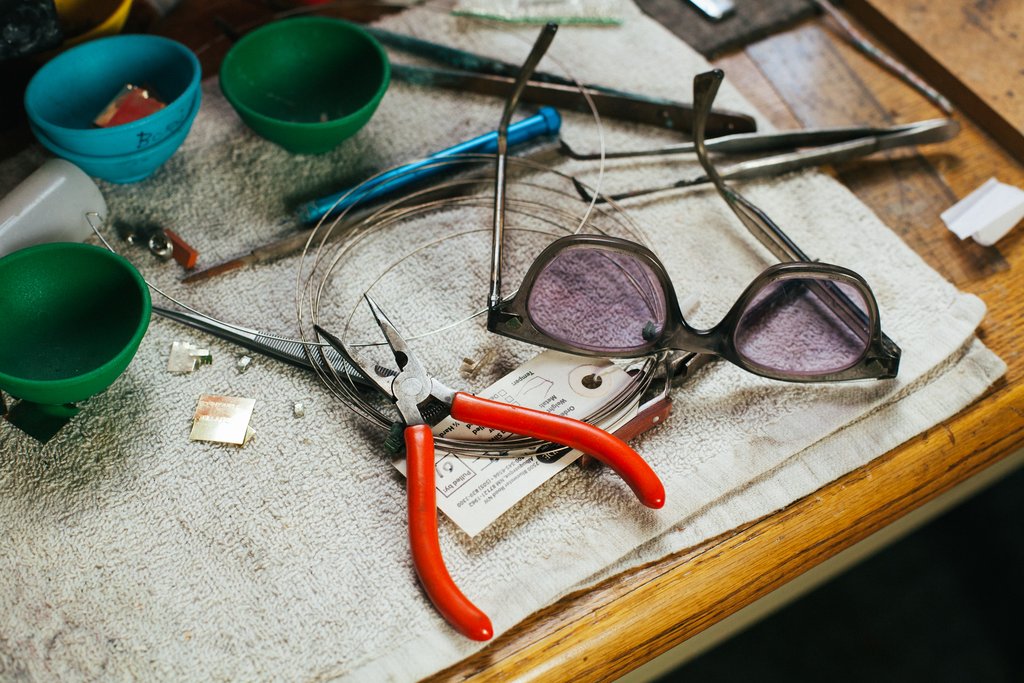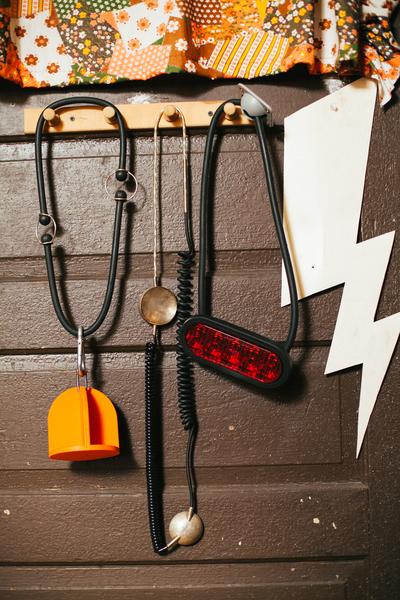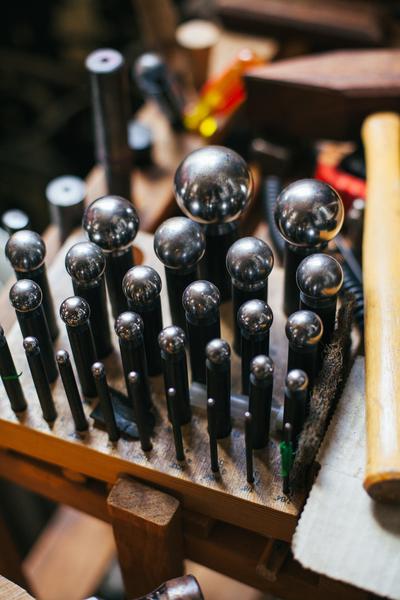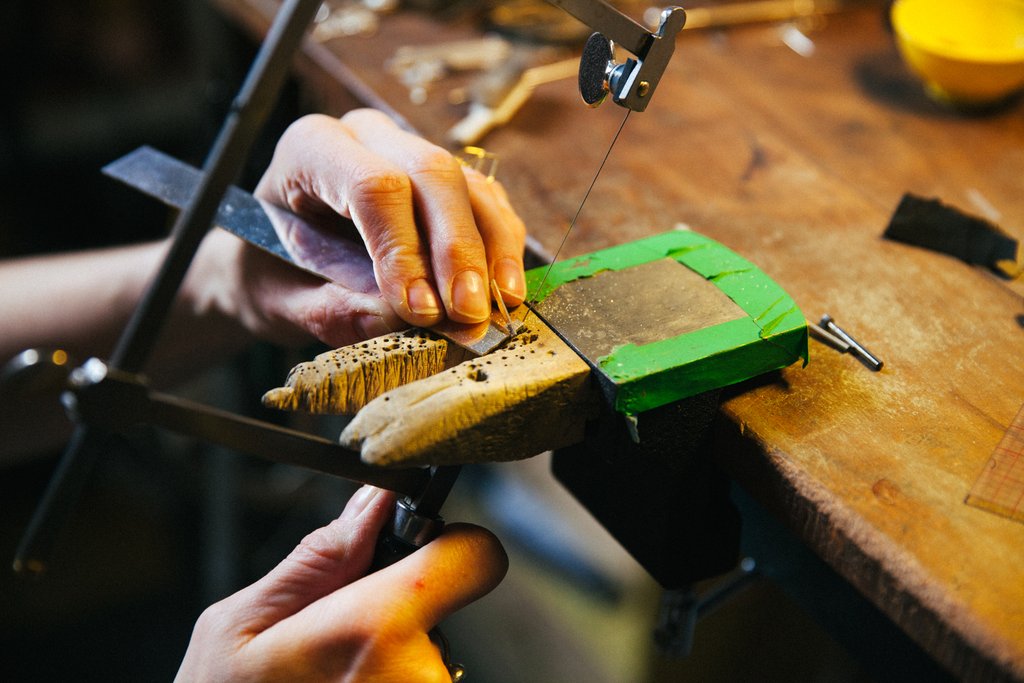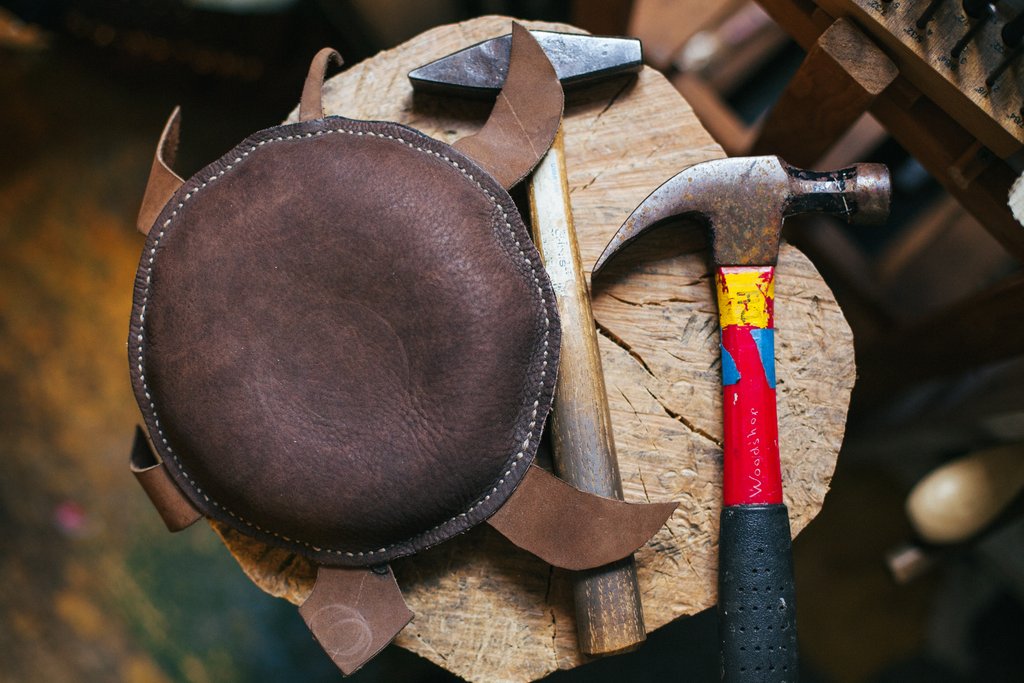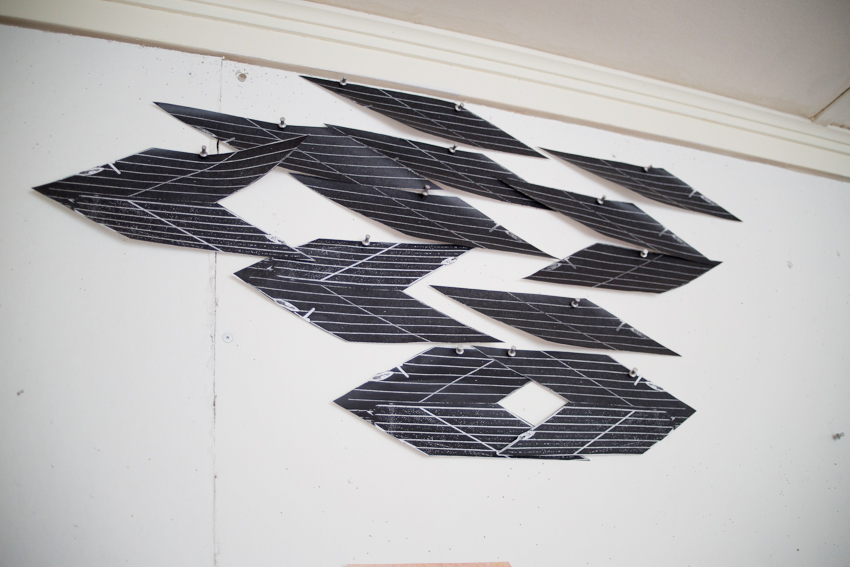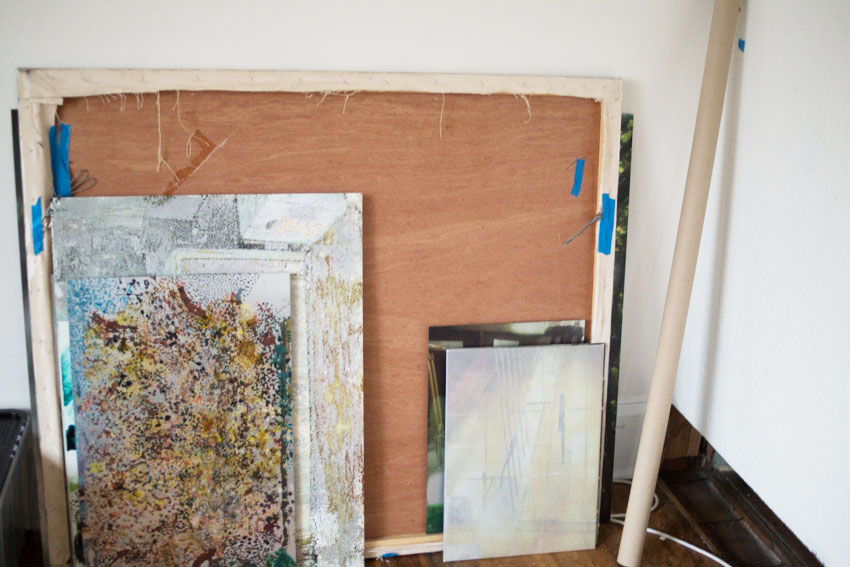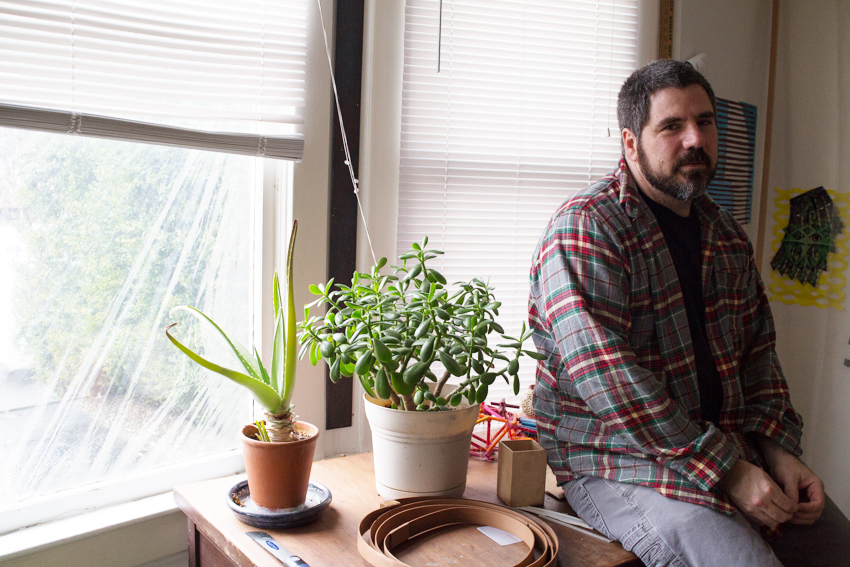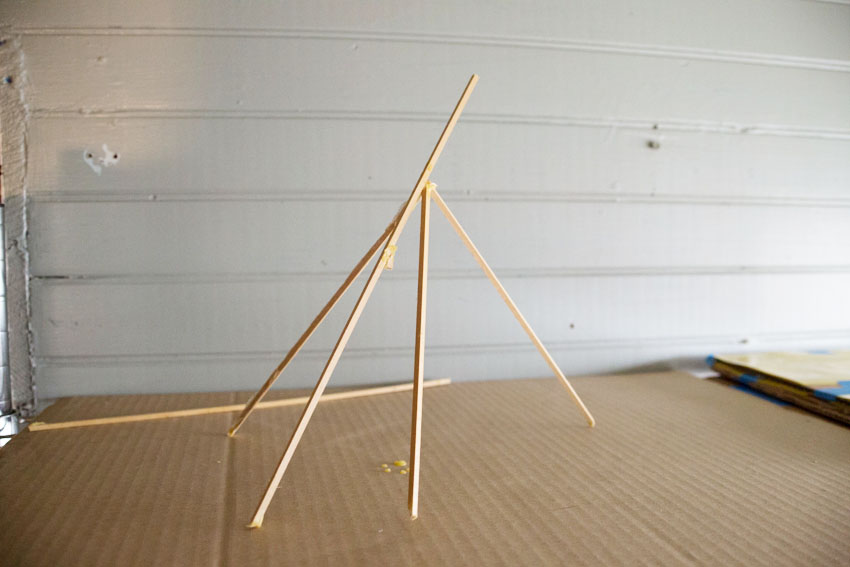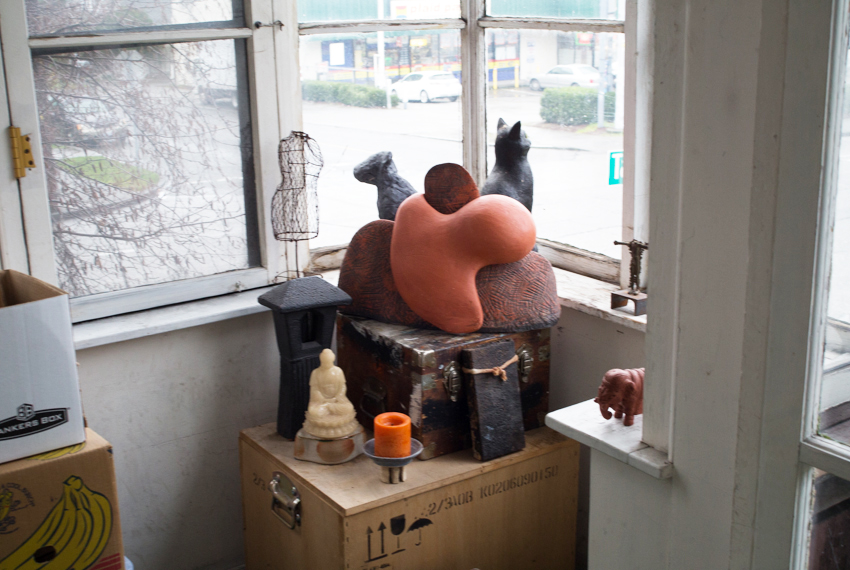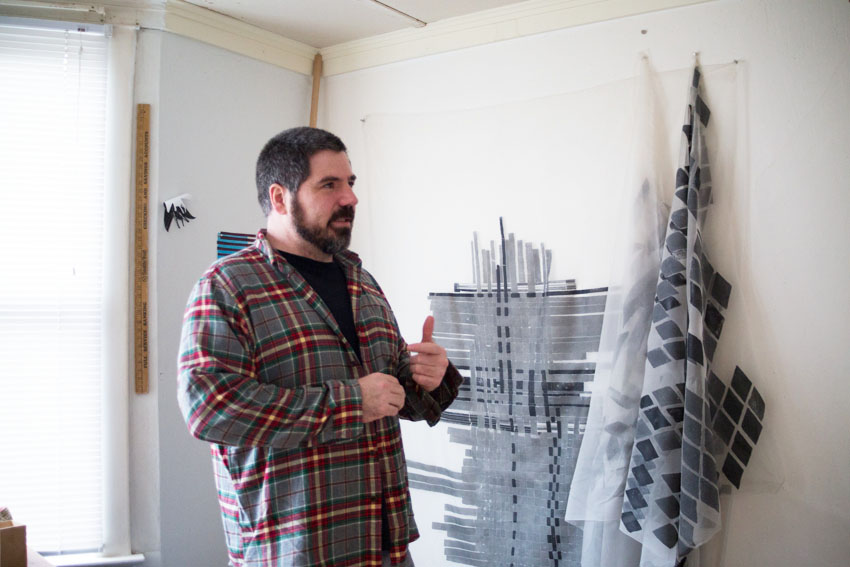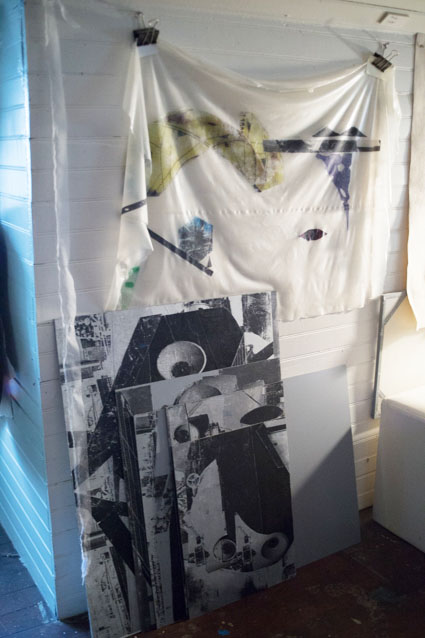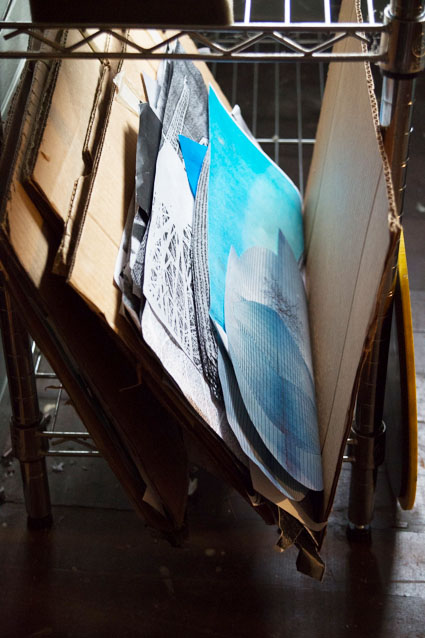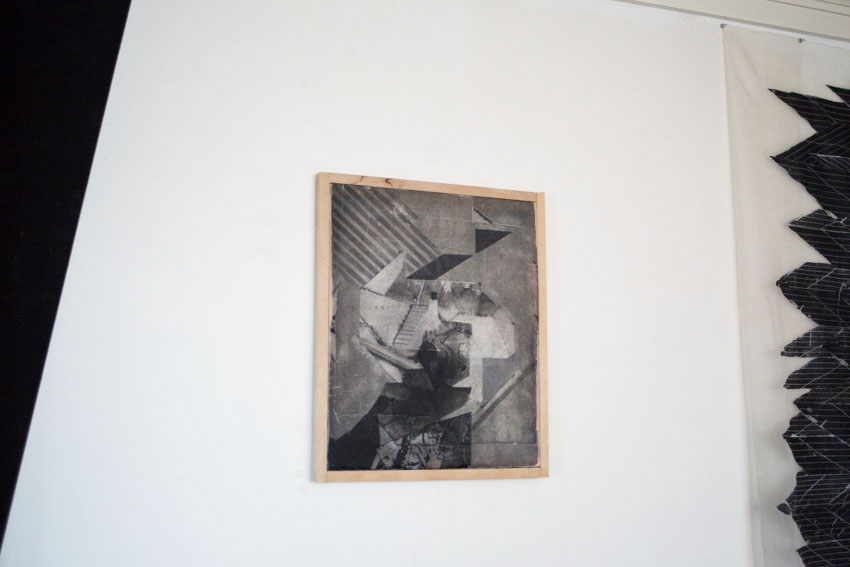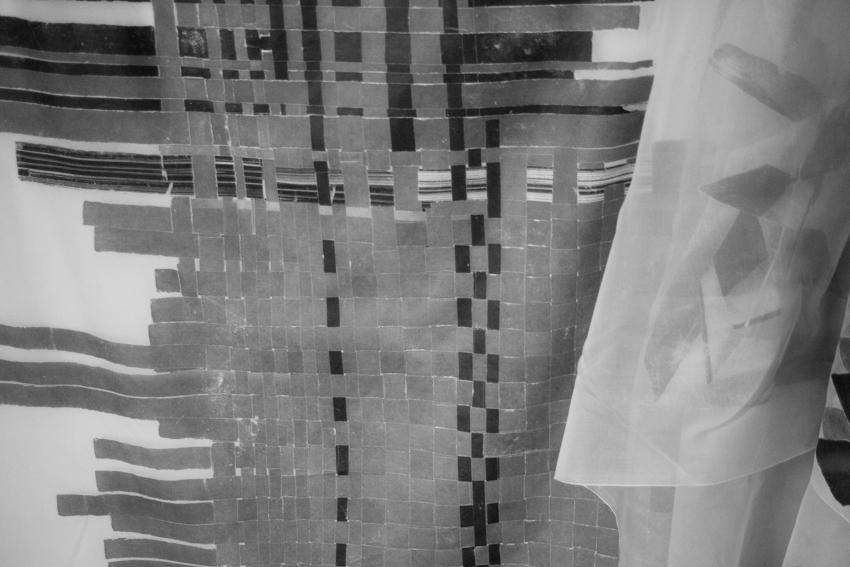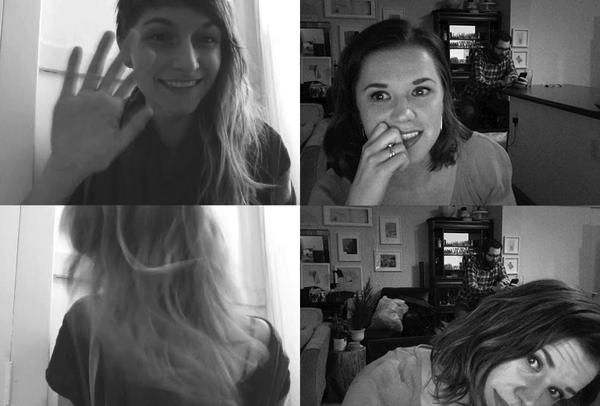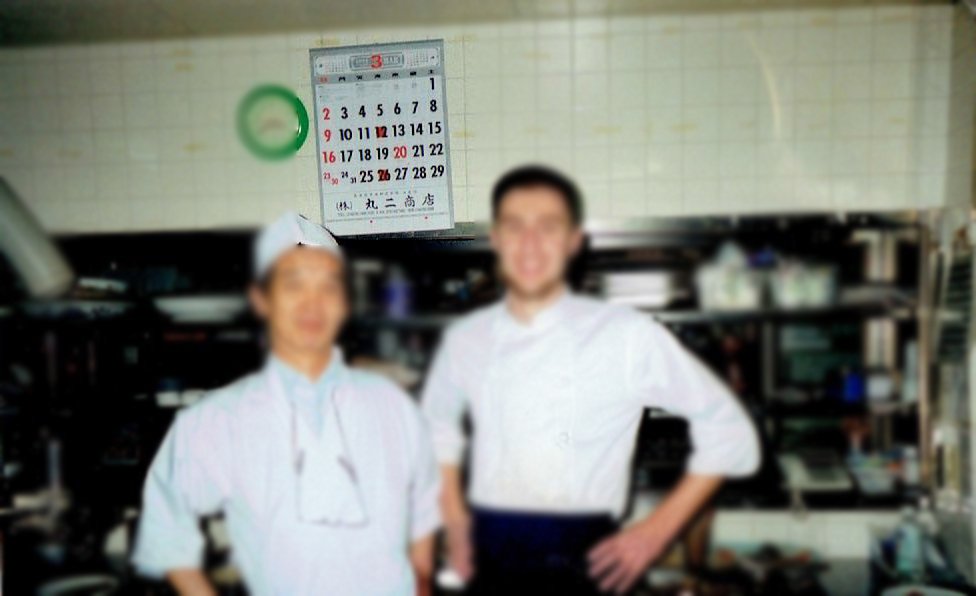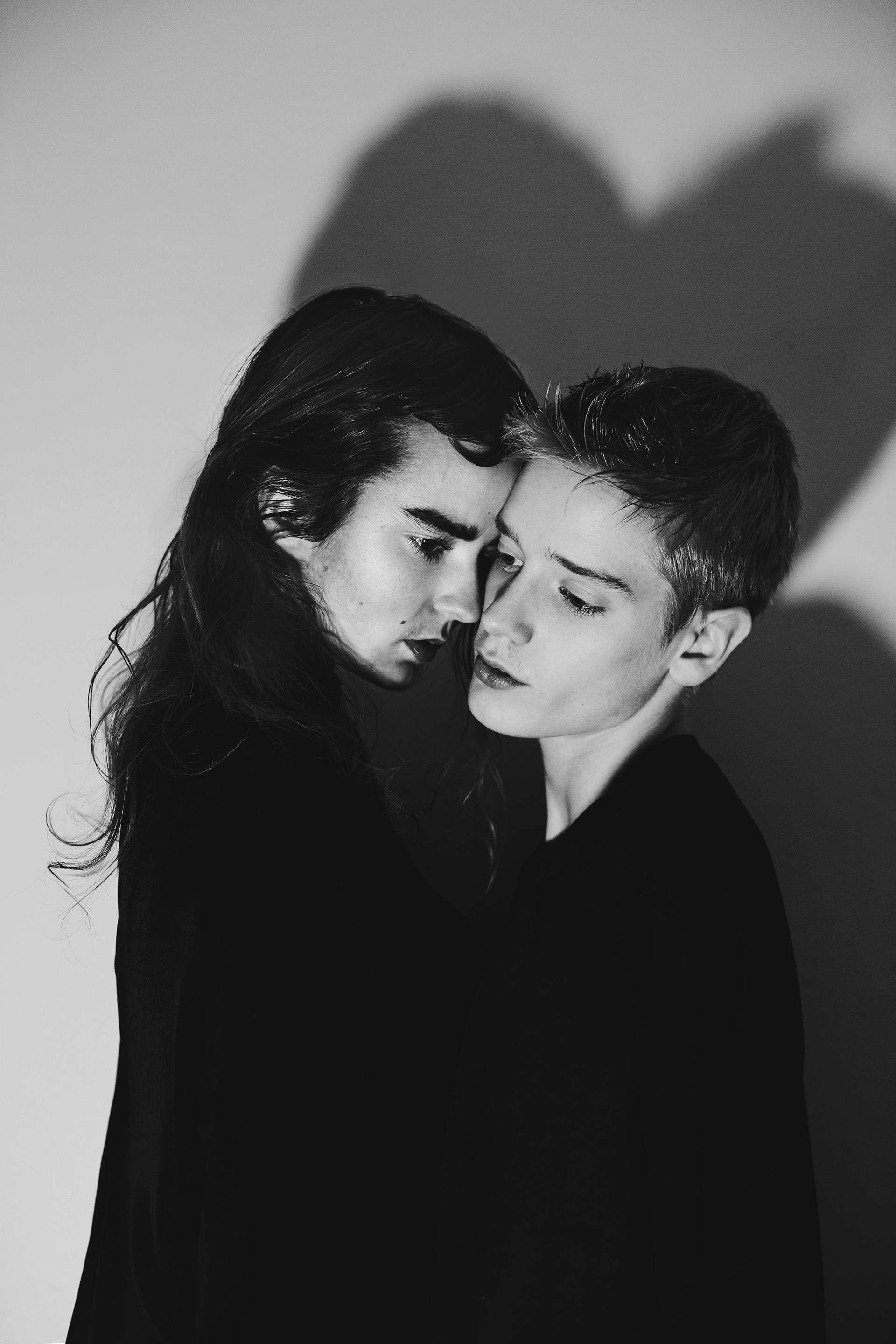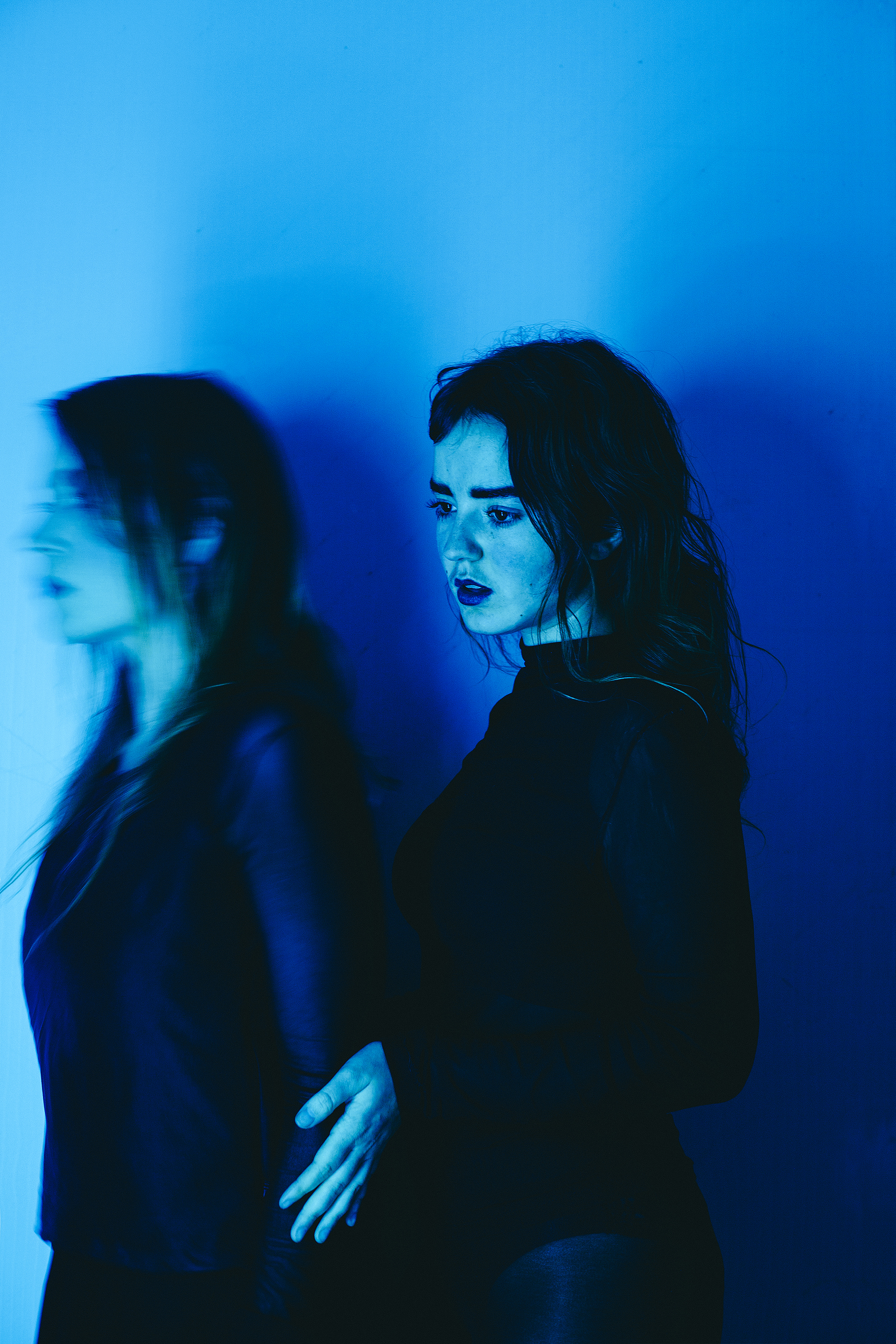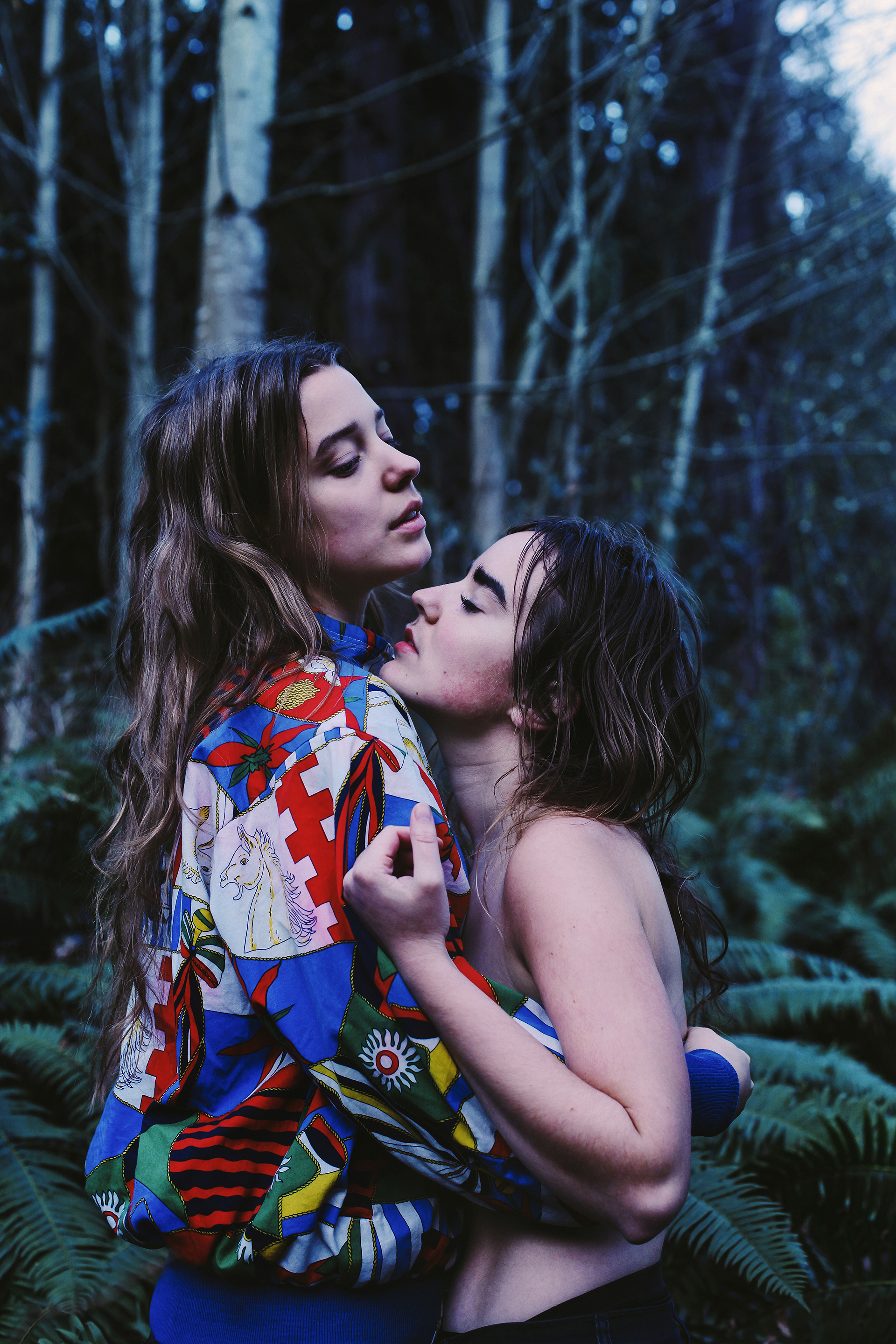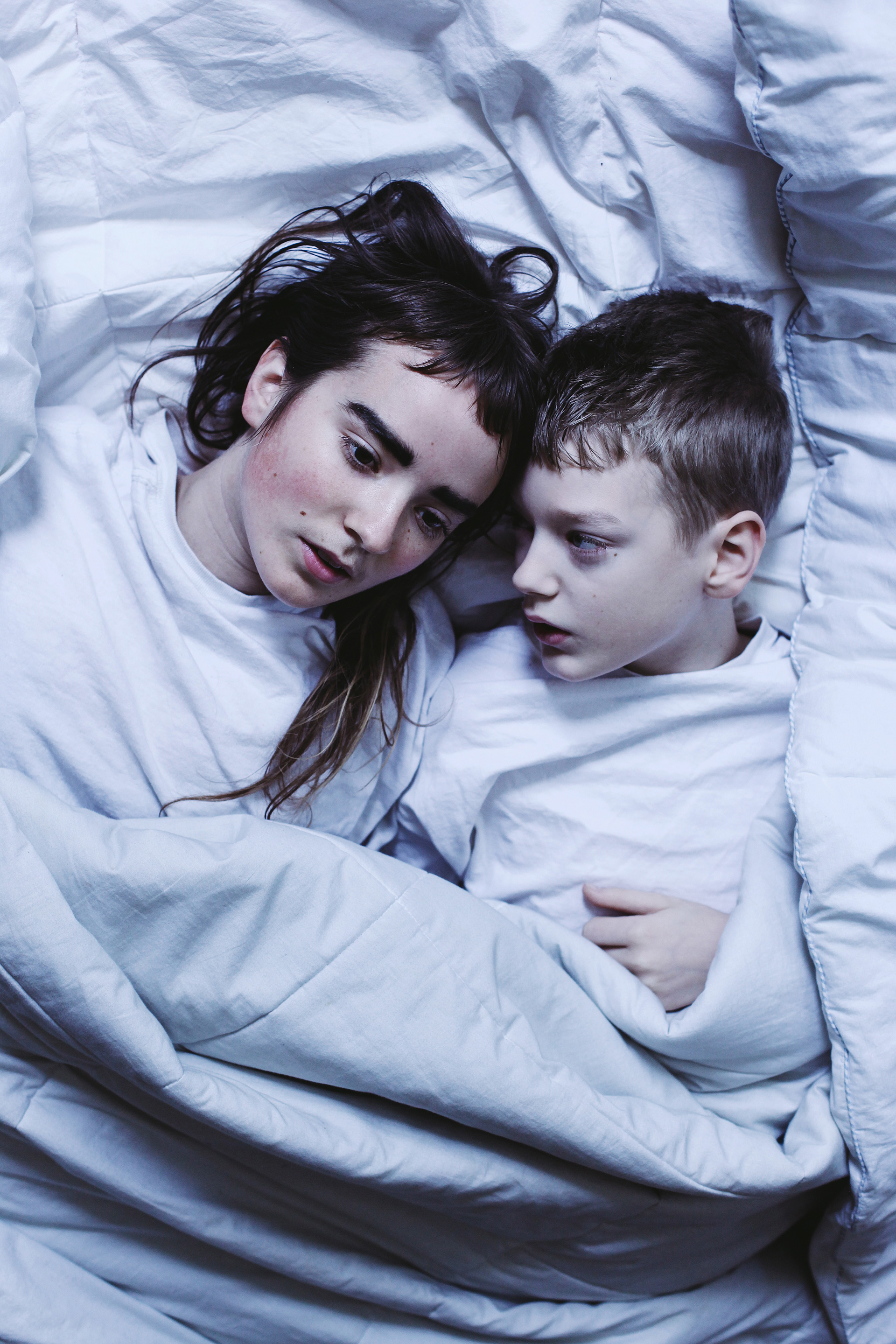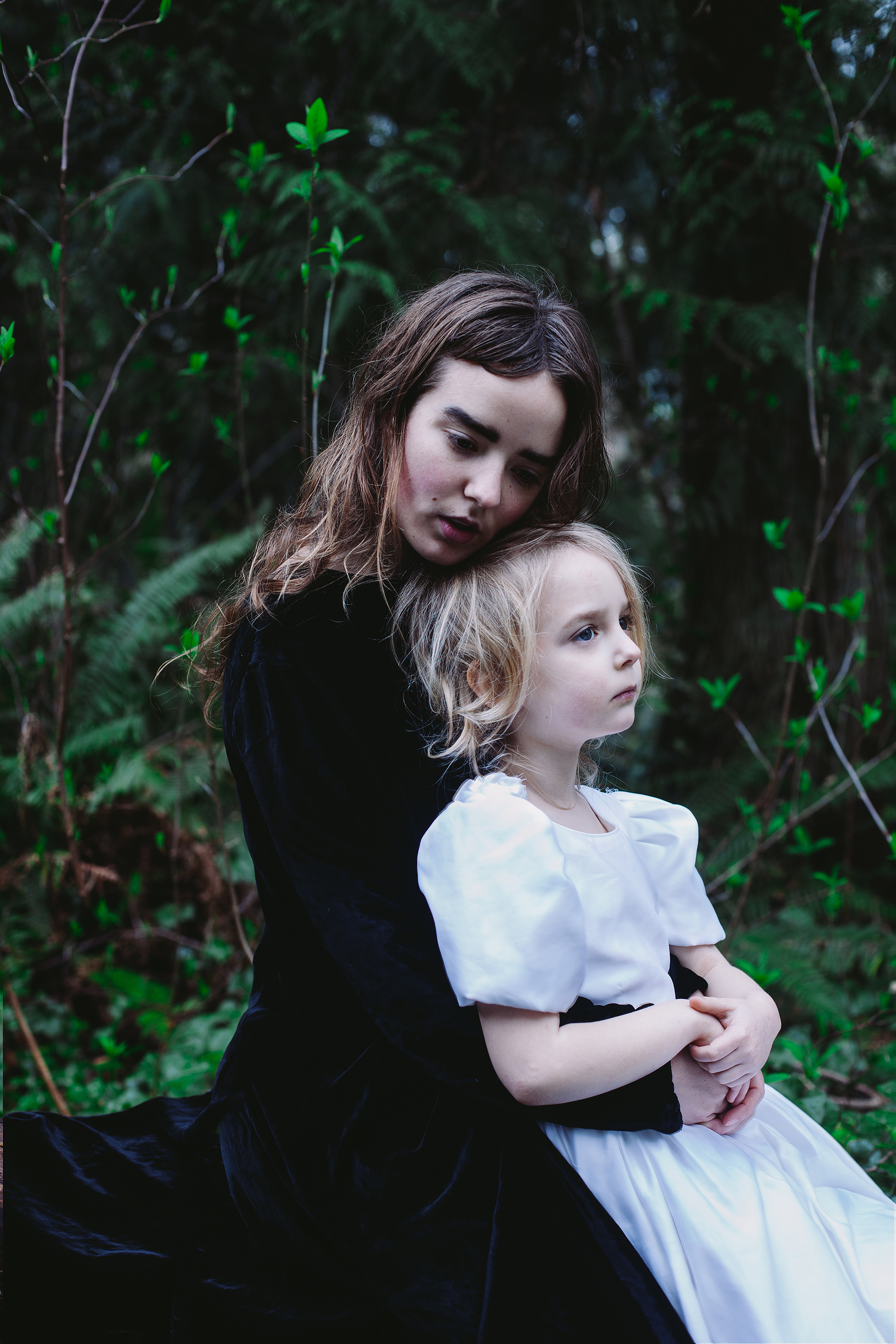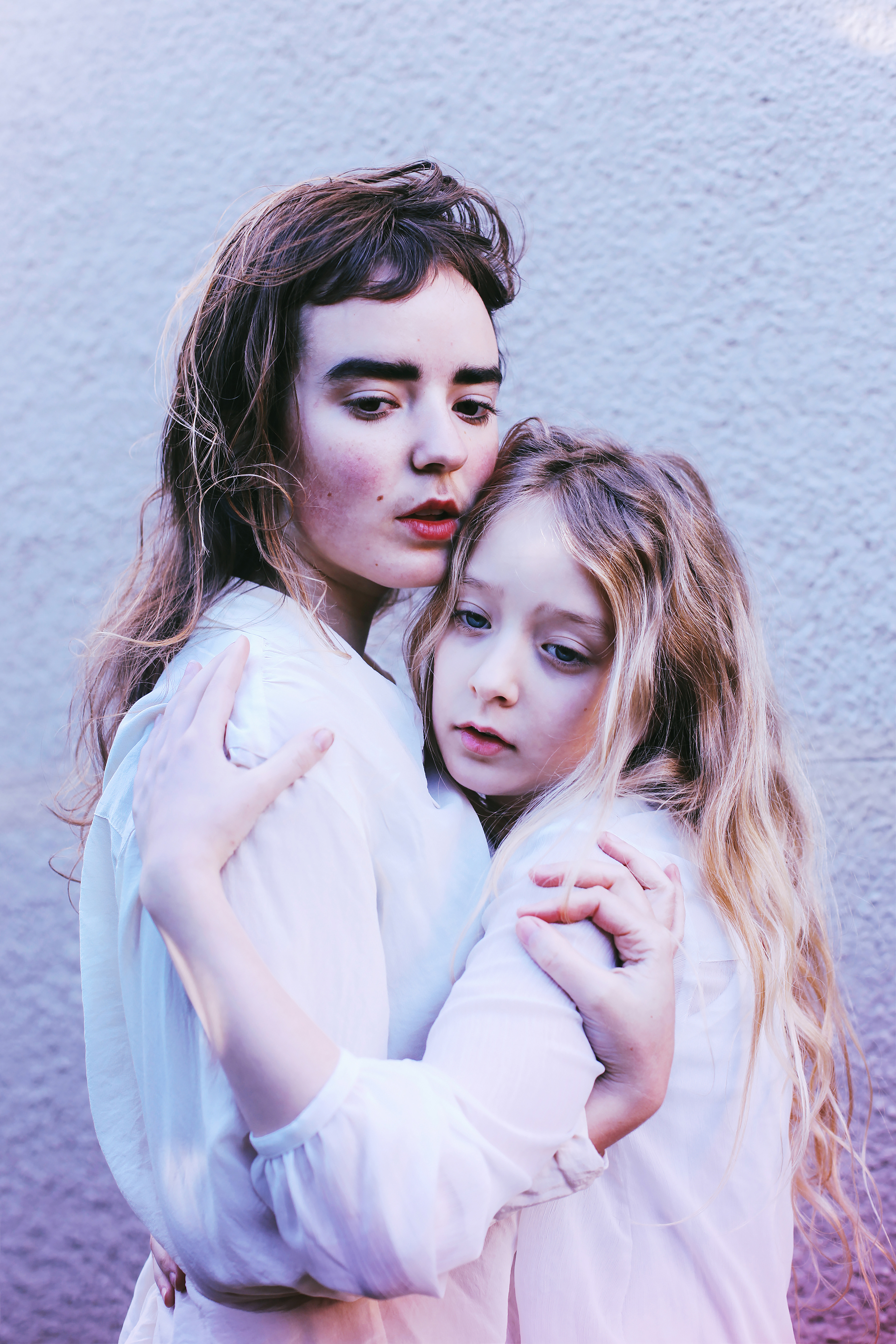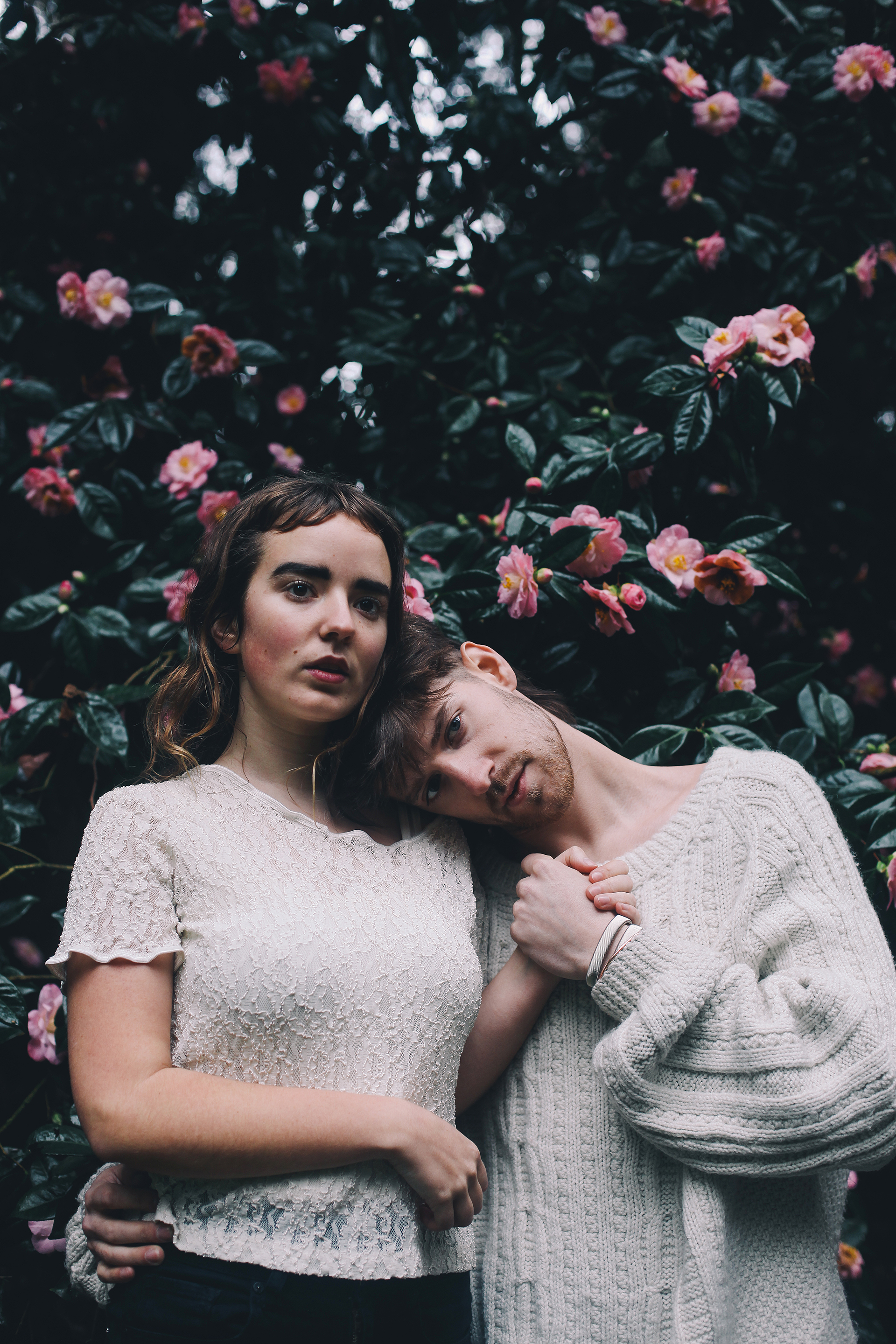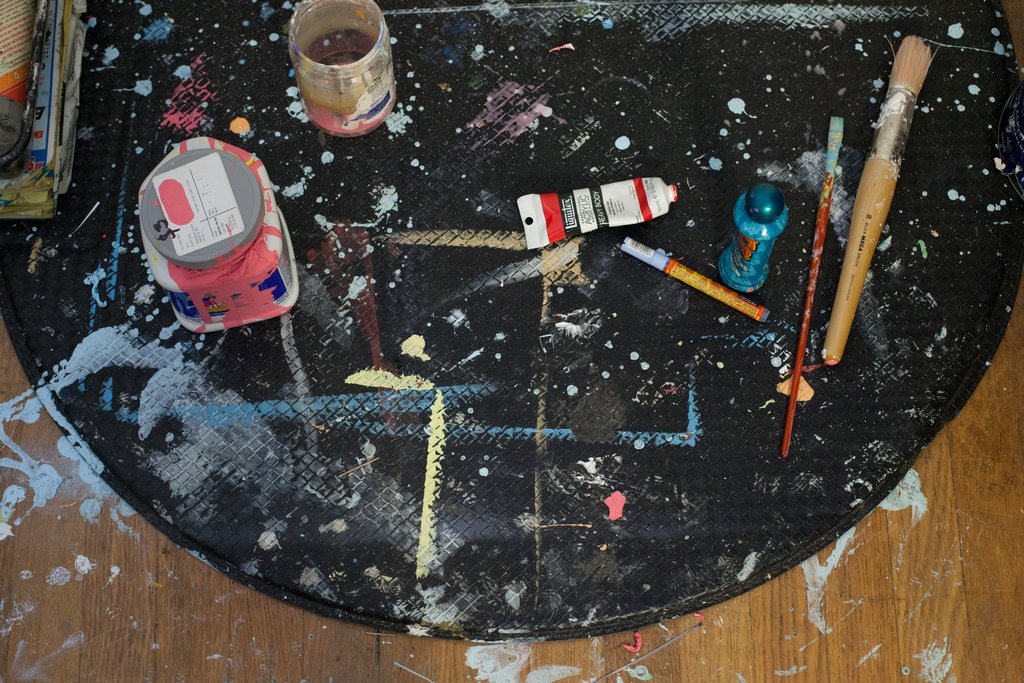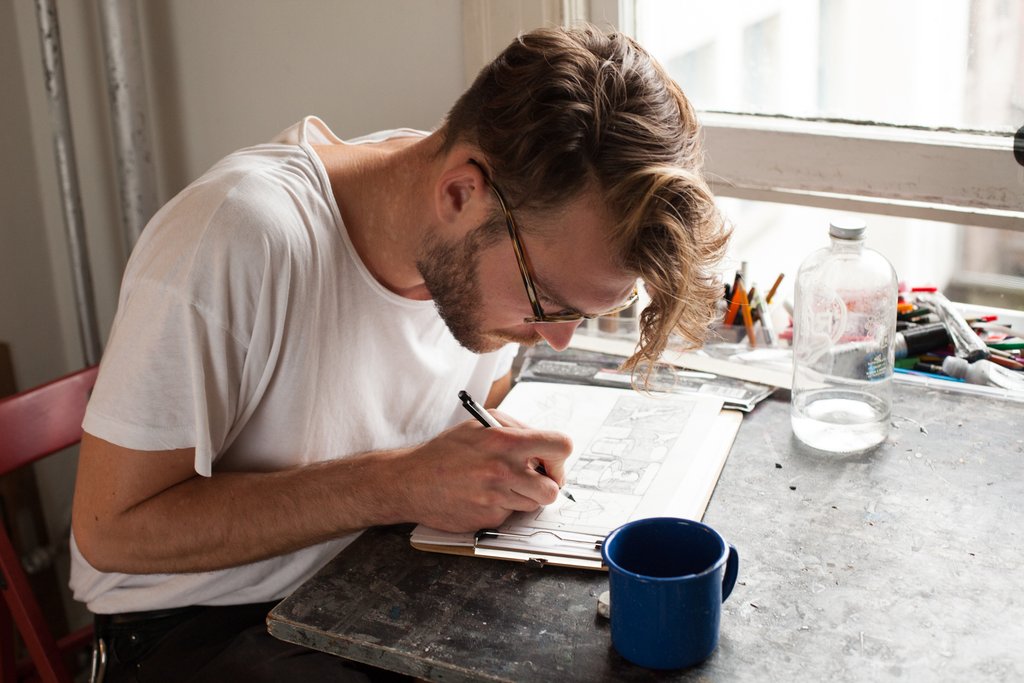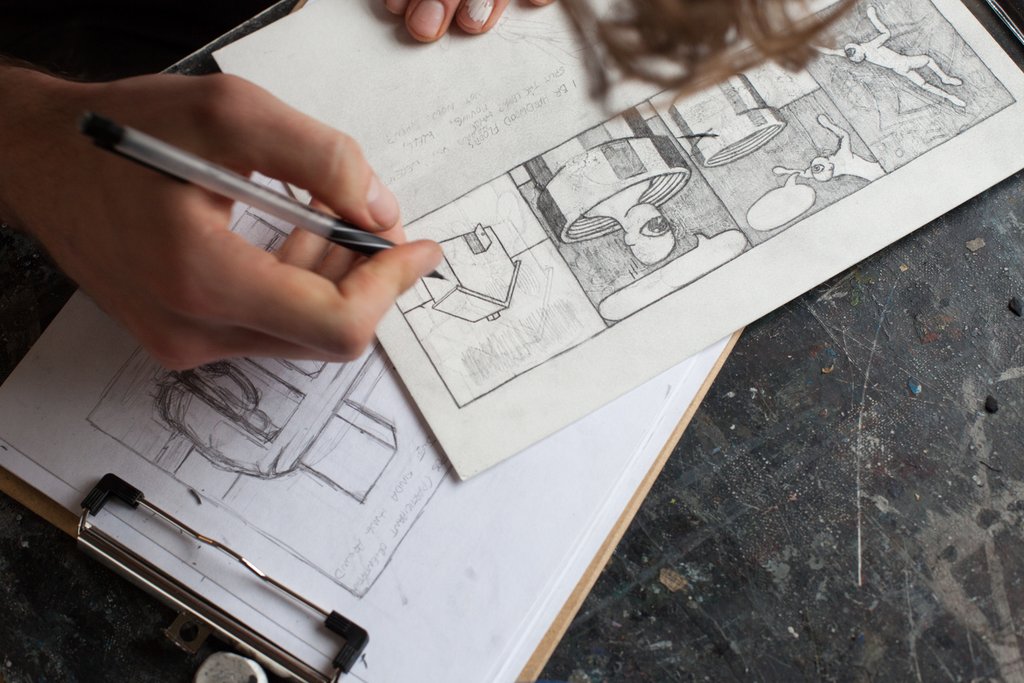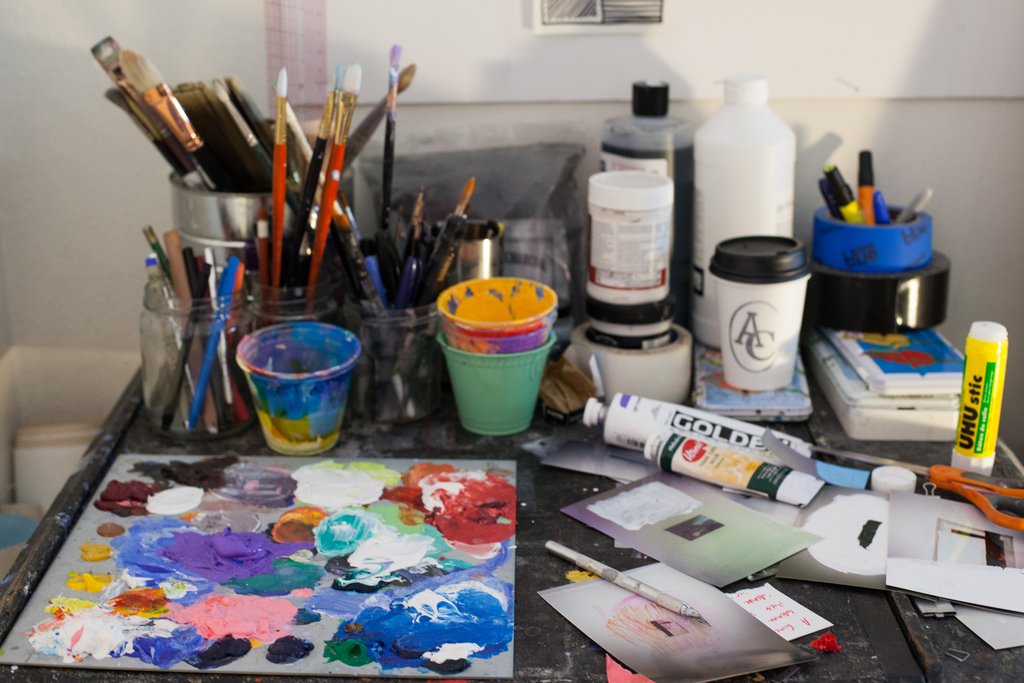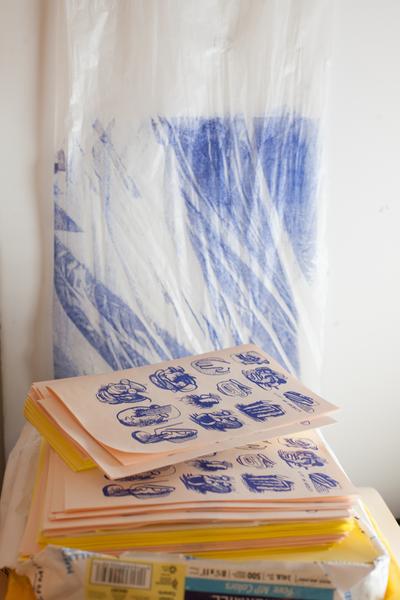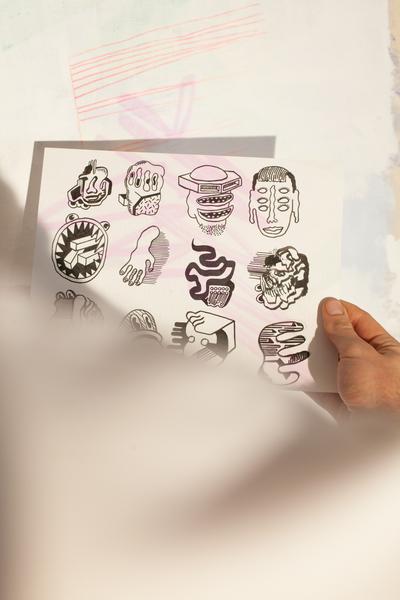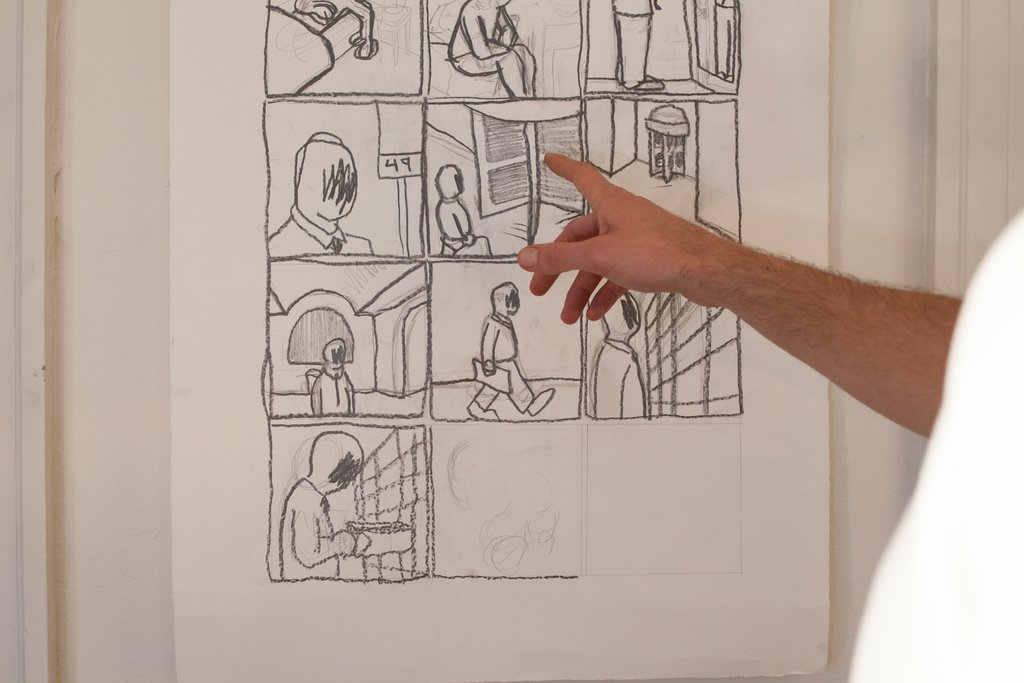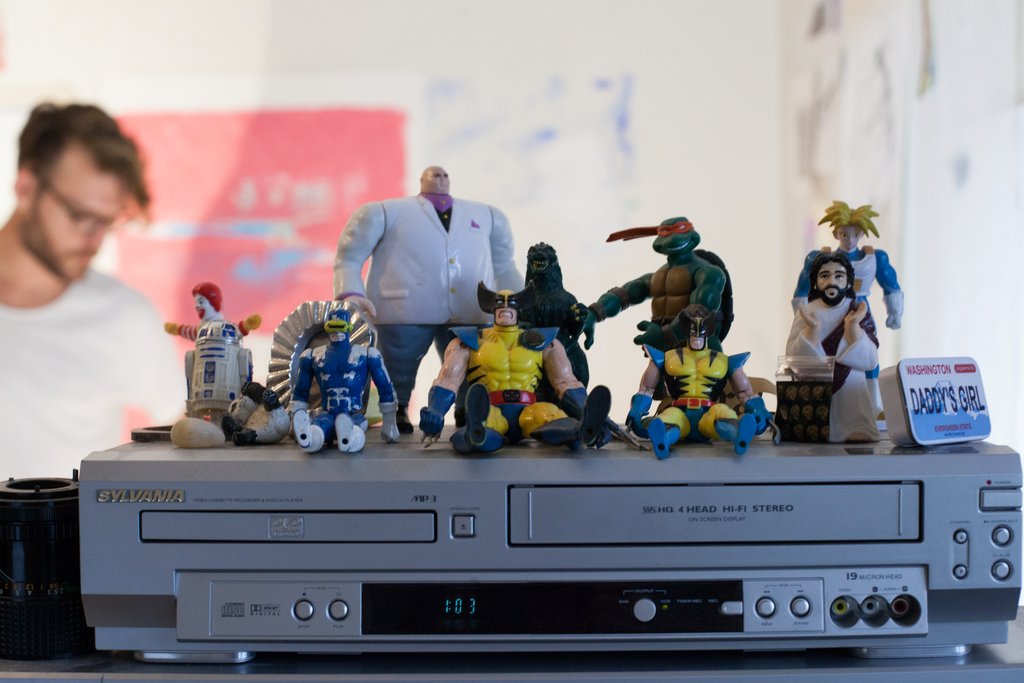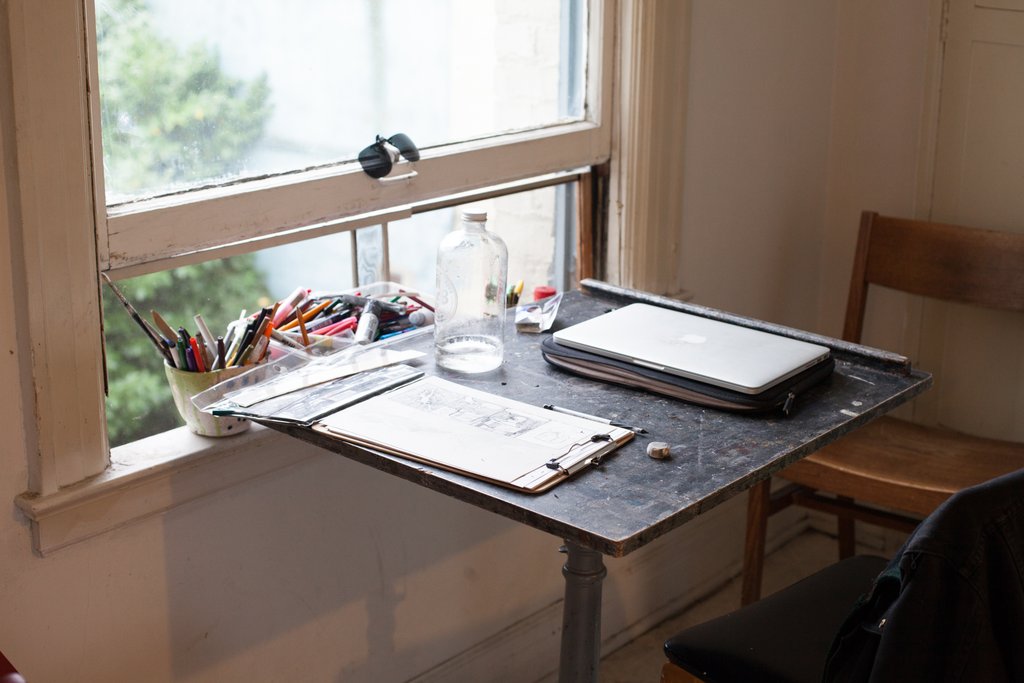Vignettes has partnered up with artist and curator
Serrah Russell. We decided to have a casual conversation regarding our goals with Vignettes, Seattle’s community, what we find exciting in the world at large and a little back and forth banter via googlechat. No edits were made to this dialogue except for links to what we are discussing – Enjoy!
Sierra: Hiya!
Serrah: Hey!
Sierra: So, lets begin. I was thinking we can chat a bit about you and me now working together with Vignettes, sound good?
Serrah: Absolutely!
I’m so thrilled to be working together!
Sierra: Cool, ME TOOO! I am really excited to have you now on board and yes, we’ve had a few conversations about things we want to do in the past but what is it that you want to be involved in and feel is the future for a malleable project like Vignettes? You come from such a great background as an artist and running Violet Strays for the last few years now.
Im curious what are you currently inspired by and want to do?
Sent at 3:34 PM on Monday
Serrah: It feels natural to work together. From the first time we met for tea at Oddfellows back in 2010, maybe,
I felt like we totally got each other’s vision and sensibility. And we began to have plans to collaborate together right
away. And what I’m so excited about is that it feels like some of those plans are happening now with Vignettes.
I remember us talking about the idea of import/export, scheming up ways to support local artists and create
connections between artists and alternative exhibition spaces outside of Seattle.
Sierra: Yeah, import/export has been there from the beginning.
There are so many great spaces in and outside of Seattle and we could use the exchange part to happen.
Serrah: I think I’m currently inspired by the potential of what Vignettes can be, of what Seattle can be, and really
a more connected art experience, less insular.
Sierra: I was thinking about the insularity the other day, how bummed I am that people based in Seattle don’t often attend gallery exhibits of artists not based in Seattle.
Serrah: And I think what I have always loved about Vignettes, was the way it isn’t fixed, it shifts and grows.
Sierra: Yeah, that’s the goal, since our world is constantly shifting so do our ideas, needs and projects.
Sent at 3:40 PM on Monday
Serrah: Yeah, it’s tough. I think because we’re still a small city and we all get to know each other, art exhibitions are social scenes. I think the studio visits are hugely important on Vignettes Collection because I think that creates an emotional connection between viewers with the artist, so whether you personally know the artist or not, you start to feel like you understand them and their process.
Sierra: Definitely, it’s actually my favorite part right now.
Serrah: Which is going to be hugely important as we expand to artists and an audience outside of the Pacific Northwest
Sierra: Vignettes began with studio visits back in 2010.
Serrah: I was photographing at Chandler Woodfin’s studio last week and I said the same thing to her, that this is my favorite part, because it becomes about conversation and getting to know the work better through photography and the written word.
Sierra: I did a studio visit for nearly every artist and it’s one of my favorite things to do in general, see what people are
up to creating and where their brain and heart are in their work.
Oh yeah, Im excited to see those images of Chandler’s space, isn’t it beautiful?
Serrah: I think studios are like a home. I always loved visiting friend’s childhood home because you can tell a lot about them. It’s like you see their space that they create in and you intrinsically understand the work better.
Sierra: Exactly!
Serrah: The space is amazing and she is doing some really exciting new work. She’s cutting up her paintings and collaging with them. So naturally I’m obsessed with that 🙂
Sierra: haha of course.
I spent a lot of time in my dad’s woodshop as a kid and I just watched him create so much, I was always fascinated with process.
So this series is definitely fulfilling that interest of mine.
At the same moment its offering a venue to other writers.
Serrah: Yes, and the writers have been so amazing. So uniquely different but really giving you a sense of the person, their space, and their work.
Rich Smith wrote of my condo building that it smelled like “bubblegum and weed” and I’ll never forgot that description. haha
Sierra: ahhh sooooo goood.
Rich had never written about an artist in that way before. I’m looking forward to Amanda Parker’s Q&A with Lindsey Apodaca, those two are going to be good friends after that one.
I can tell.
Serrah: !!! YES!
that’s the other thing that I’m so excited by with Vignettes, the connections that are being made. It’s a way to play match-maker for artists in a way.
Sierra: which is my favorite thing to do.
Serrah: I think Vignettes has been doing that all along, thinking of collaborative shows you’ve curated, the Vignettes/APRIL collaboration… I mean, Adam Boehmer and Maggie Carson Romano…come on, it’s just too perfect!
Sierra: hahaha well they were a match made in heaven.
and the APRIL folks are fucking perfect.
I love everything they do and with such enthusiasm for words
!!!
Serrah: 100%. YES!
Sierra: That said what last year took place for you that shifted anything inside of you either goal-wise for you as an artist or
curator or business woman? I know you travelled a bit, went to Frieze London…exhibited a lot.
Did you feel a shift? My year was full of shifts including this big launch of the site and Im curious about you.
Sent at 3:53 PM on Monday
Serrah: Great question. I did feel a shift but I think it was a bit more gradual than marked by big events, aside from traveling to Europe. That was huge. Since my husband Robbie was traveling for work, I tagged along and pretty much spent as much time as I could, for three weeks, seeing art. And man, the art world is big. I went to two international art fairs, Frieze London and FIAC Paris and it just expanded my view of what art is out there, that people are buying it…I loved it.
Honestly, seeing so much large art in the museums was thrilling and I think has made me want to expand my practice to a larger scale.
Sierra: That’s great!
Serrah: But what I remember loving was that I didn’t know anyone there and I often didn’t even speak the language so
it was just about looking at art. It was really quiet and focused. And I feel I don’t get that as often here.
Sierra: I went to Frieze NY last year and it was so fascinating.
Talk about a name dropping fair.
Serrah: But it was powerful to look at art that I didn’t always have a context for, where I didn’t know the background of the
individual, and didn’t feel like my viewing was about a social context.
Truly!
Sierra: It’s great, to just fill yourself up with it.
Serrah: I would also say that this year was also a shift of wanting art and art projects to be sustainable, and to be profitable.
Sierra: I’m happy there is a market around, and do want to find a way to tap into it.
In a different way though.
Sent at 4:00 PM on Monday
Serrah: Definitely. I think what is exciting is that there are so many pockets, so many groups.
And I think what I most love about the internet is that you can reach people in those sub-groups, all over the world.
Sierra: exactly.
and I’ve been thinking about our subgroup.
Last night MKNZ and I were having a heart to heart about all of the brilliant artists we are in the company of, after having co-curated ‘In the absence of…’ at Greg Kucera and working with so many different individuals in the last five years.
We decided there is a movement happening here.
And it’s important and beautiful
Serrah: It truly is. That’s why I’m here. and why I’m staying here.
me: me too, and its why I have to leave to gain perspective.
Serrah: I wanted to ask you what keeps you here in Seattle? I know we’ve talked about how important travel is to your
life and your creativity.
Sierra: its so important
Serrah: Maybe you can touch on that a bit…
Sierra: definitely, well….
honestly I have attempted to leave Seattle and thought about leaving it repeatedly throughout the years.
But I always find myself staying.
at my own will.
I think it’s actually this movement, this community of artists that keeps me here.
They are inspiring, as MKNZ calls them – they are lyricists.
Serrah: oh, that’s lovely.
Sierra: Yes, its actually the perfect way to describe what is going on here. They are artists who are working in the same way as a lyricist, they are creating short poems expressing emotion.
Serrah: It’s really fitting that travel is so important to you, because it really speaks to what Vignettes is and what Seattle is as a city, sending people out into the world, but bringing them back to a beautiful home-base.
Sierra: They are reacting to the changes in the city thoughtfully and emotionally and through beauty and to their own relationships around them
we all are really.
Serrah: You’re right! Artists are making work that is emotional and personal, I’m particularly thinking of how true that is of “in the absence of…”
Sierra: that exhibit was really moving to me, and it just happened. Klara and I thought of the artists and they all delivered pieces that resonated that were new or needed a space to house them in their entirety.
It was a once in a lifetime experience I feel as far as group exhibits go
Serrah: I also think something is really cool about a city where it is starting to become a norm for spaces to share their spaces with other artists/curators. There is a lot of overlap and collaboration
Sierra: There is.
Seattle is a city full of collaborators.
Hence why Im here, its one of my favorite things to do.
And why I really needed another person involved in Vignettes because I want to create something greater then myself and that is through collaborating.
It’s the same with relationships.
Serrah: Agree.completely.
I know I wouldn’t want to do anything like Vignettes or Violet Strays alone.
Sent at 4:11 PM on Monday
Serrah: It’s made stronger by two voices, opinions, visions and man power.
And also, I think it’s a lot more fun!
Sierra: so true.
so much fun!
and you like earl grey tea!
Match made in heaven.
Serrah: And I think we all know that there’s no point in doing any of this, if we’re not enjoying the process of it.
Sierra: hahaha definitely.
Serrah: oh girl, I’ve had about 4 cups of earl grey today already. I’m so glad we get each other on that front.
Sierra: hear hear!
I’ve had two cups of earl grey and two mint.
Serrah: side note. I always thought hear hear! was here here!
Sierra: is it?
Serrah: I literally just learned this week that I was doing it wrong.
Sierra: hahaha
Serrah: no. you’re correct. I was wrong for years
Sierra: I never knew.
was just guessing.
its easier to say then type out ya know?
Serrah: Well, the reason why I think it’s correct is because I saw Rich Smith post it on Facebook.
So I’m pretty sure he would know.
Sierra: im sure he would.
Serrah: Hear here! is nice though
Sierra: well you know how I feel about the word ‘here’. 😉
😉
Sent at 4:15 PM on Monday
Serrah: oh yes!
Sent at 4:16 PM on Monday
Serrah: I love every word that has multiple meanings. Well, that’s kinda obvious, almost every word has multiple meanings but words like “entrance” “leaves” “rose”
Sierra: oooooo good ones.
I know what you mean.
Serrah: I’m curious about a ritual or tradition that is part of your life…
Sierra: haha i know where you took that one from.
Hmmmmm let me think.
Serrah: Yes, I’m stealing your own question from the symposium panel at Bellevue Art Museum.
I read this book “Daily Rituals: How Artists Work” and ever since I am fascinated by the details of artist/creatives daily living
Sierra: ritual is very important.
i was raised with a lot of ritual, in its different meanings.
Serrah: The book is really a range but some that are memorable are so many people who incorporate a daily walk into their life, specific meals/drinks. I think it was David Lynch who would have a chocolate milkshake and 7 cups of coffee at a diner before writing.
I also think it’s fascinating that there is both conscious and unconscious ritual, and they both matter.
Sierra: I think now as an adult I’ve grown more accustomed to weekly rituals, I’m a creature of habit but I don’t often make time for myself daily, it happens every few days a week where I take time.
in a conscious way
I do drink tea daily and that feels intentional. And I’ve been writing daily. But it can occur at any hour and it doesn’t have to be for a length of time, it just has to happen.
Lately being around certain people is very important to me on a weekly basis.
Sent at 4:24 PM on Monday
me: to walk around with, have dinner with, go to Vito’s and listen to Ruby Bishop every Sunday with.
Serrah: sounds lovely.
Sierra: To be in good company and learn from one another, to converse and discuss and learn from one another.
I recently was out of town at a residency, gone for a month and it was difficult to spend so much time solo. I do like to be around people, it feeds me and inspires me and I learn a lot from others.
At the same moment it was good to create solo rituals.
Like a morning walk and tea time and then go to a hot spring and just take time, like Olafur Eliasson’s practice ‘take your time’
Serrah: I think that solitude is good but it is difficult. Definitely a shift. It’s an opportunity for growth but can be a struggle at the time. Even in Europe, although I definitely had an amazing time, I felt a disconnect.
Sierra: and disconnect is really interesting, you learn a lot from it.
Serrah: daily hot springs! sigh…sounds magical.
me: haha yeah well I was lucky I happened to be in a town that used to be named ‘Hot Springs’ haha
Serrah: I think that quiet solo time is so important to being energized and creative. I want us to be able to create that for artists in the future.
Sierra: Definitely.
I’ve always been interested in creating a space for artists to create work, not only exhibit.
When I was in school my practice was all about displacement and situational luck.
Serrah: Tell me more!
Sierra: I went abroad because I wanted to feel that is see what it did to my practice.
and to*
Serrah: displacement is so related to traveling and to import/export. There’s something so powerful in that movement.
Sierra: it really is. You learn a lot and it kind of stunts you and then releases you
and the inspiration arrives.
Serrah: RIGHT!
stunts you and releases you. that’s the truth.
Sent at 4:32 PM on Monday
Sierra: thats why when one is displaced it is good to take time because you will go through the motions of adjustment then find a place to create
at least that is what I experienced
Serrah: So what is situational luck?
Sierra: ah…well
Sent at 4:33 PM on Monday
me: situational luck is sort of a phrase I coined a long time ago as a term to explain serendipity or synchronicity
perfect timing.
Serrah: perfect!
Sierra: it was born out of a game I used to play which we called ‘two word derby’
and we would come up with combinations like ‘jesus adhesive’ or ‘free-range citizen’ or ‘tarpaper loveshack’
those were some of my favorites and ‘Situational Luck’ became my thesis
tiel
title*
Serrah: nice.
Sierra: What do you see happening with Vignettes? Do you have goals beyond what we are currently up to?
Serrah: I did a similar thing once with a friend where we both came up with our favorite words and then we created pairings
with them and some of them were just so lovely. They were like little word collages in a way.
Sierra: oooooo nice!
I love that idea.
I did something similar with Adriana Grant for Violet Strays way back when.
Her words and my images and their random order / happenings.
Sent at 4:39 PM on Monday
Serrah: I want Vignettes to be THE place for art online. I want for collecting art to be a part of everyone’s lifestyle, just like
fashion, home decor, food. I want us to bridge the gap in a way and make art collecting enticing and accessible and possible.
Sierra: !!!
Serrah: Yours and Adriana’s Violet Strays was so beautiful! Of course, I loved it!
Sierra: awww shucks.
Im excited for this different venue of sorts. I do think physical space is necessary too but online there are possibilities and a
bit more freedom in scheduling and what you can put out and how often.
Sent at 4:43 PM on Monday
Sierra: and your audience can be larger. That is a major goal. We need this to not just be a Seattle centric thing.
Serrah: I definitely want to find ways for us to use Vignettes to connect with people outside of Seattle, but also to be able to
build Seattle into a place for creatives, for collaboration and that artists would be drawn here, whether physically or virtually. It’s such a great place to make work in
Sierra: it really is.
Serrah: And like you said, the community is what makes it great.
Sierra: and the people, the landscape, the FOOD.
Serrah: That too 🙂
Sierra: #bestfood
Serrah: #mountains and #islands
Sierra: yessss
Serrah: It’s an inspiring place. I’m excited to see how the city continues to grow. And I am trying to think big. I think that’s what I felt when in Europe, just think bigger!
Because, Why not?!
Sierra: Yes, I just had a meeting with Greg Lundgren and he is thinking BIG and it’s really great, seriously why not?
I mean Seattle is becoming a global city
Serrah: And I love that! There is so much to be gained from that. I’ve been a bit frustrated by the pushback to the shifts in the city.
Sierra: we are even getting an art fair this year. I mean Vignettes can’t afford to be a part of it but you know we will be somewhere as a satellite around it. DIY is a big part of Seattle culture.
and its where we come from.
Serrah: I mean, I get it, but I also just see so much potential in expanding in size and increasing the diversity.
Sierra: there can be so many approaches.
Serrah: I think there will always be the DIY element. You have to have both sides for there to be an alternative response.
Sierra: exactly.
for there to be a petri dish of culture.
Serrah: And yes, the art fair. Looking forward to seeing how that develops and what that brings.
Sierra: yeah I hope it imports a bit. that would be refreshing.
Serrah: It’s very true to the city to have both sides of the coin, and hopefully we can all get to a place where the different
outlooks and approaches aren’t divisive but are instead supporting and balancing
Sent at 4:51 PM on Monday
Sierra: honestly they feed one another and respond to one another.
Sent at 4:53 PM on Monday
Serrah: I’ve always liked juxtapositions anyways.
Sent at 4:54 PM on Monday
Sierra: It’s good to have it them!
I just want institutions to start inviting me to things though, I mean I’ve been curating in this city for over five years and still never an invite to an opening. sigh 😉
hahaha
JK
Serrah: Yeah, that’s strange. But like we talked about before, maybe you just have to ask. Or we start deciding what we need and just take it.
🙂
haha
Sierra: I’m learning, sometimes Im slow at these things, like how to ask for things.
or for help.
its good to realize you don’t have to do it alone.
Serrah: Oh totally. Me too. I’m learning to have more of a voice and find the strength in that.
Sierra: There are a lot of people who will step up and help ya out, I mean without them the vignettes collection wouldn’t exist! For that I am very grateful.
Serrah: Megumi and I were talking yesterday about how the best advice to give younger artists is to just reach out, ask for what you want,
collaborate with the people you look up to, if you wish something existed, make it happen.
Sierra: Definitely.
I was telling a good friend the other night to not act out of fear because if you do it wont get you anywhere, its similar.
Serrah: Completely! I mean, I started Violet Strays with very little experience and even fewer artistic connections but people trusted me,
got on board, and created beautiful, new work
Sierra: You gotta be open and ask for what you need and want and put yourself out there.
Serrah: Yes! No fear.
Sierra: yeah and it was such a brilliant concept.
there really isn’t anything else quite like it around.
Serrah: I purchased a rose leather wallet from Vignettes by Lindsey Apodaca that says No Fear three times on it. It’s on my drafting table so I look at it on the daily. It’s such a good reminder.
Sierra: I love that wallet.
That’s why I want to approach the gallery artist relationship differently.
to give the artist more because they deserve it.
to enable.
Serrah: As a curator it’s humbling and amazing that people are willing to share their art with you. To trust you to care for it. I take it seriously.
Sent at 5:02 PM on Monday
Serrah: I like the word enabler so much better than curator. Just because it feels more true, at least in my practice.
me: definitely, I feel more like a facilitator and an enabler.
Serrah: It’s like ‘how can I help this person be their best?’ ‘how can I care for their creations?’
Sierra: true and its about creating space and room and trusting the artist
That is currently a theme in the next two Vignettes off-site exhibits.
We will be guest curating at GLASS BOX gallery, which is the old OHGE LTD. space for the month of March.
Serrah: I love the risk and trust that comes into play within the relationship between curator and artist. To me that relationship can make or break an exhibition.
Sierra: that is so true.
Serrah: I’m so excited for those exhibits! And that the Glass Box gallery exists. New spaces are important. I was just talking to Paul
Komada and he was saying that it feels like there is a real revival and good energy happening, what with Glass Box, The Alice (at the old LxWxH space) and Interstitial having a physical space in Georgetown as well.
Sierra: Yes, I’m always happy to see new spaces. We can always use space.
Sent at 5:07 PM on Monday
Sierra: There is always someone to exhibit!
Serrah: and Rafael with Studio 126 Seattle.
Sierra: yes!
Rafael is such an inspiring artist in this city.
Serrah: I think that’s going to be important too, creating a space for artists to be commercially viable, creating community.
Sierra: He is young, originally form outside of the country and exhibits both in and outside of the city.
Serrah: He’s smart and poetic and just the sweetest as well.
Sierra: yes and yes!
and yes!
Well you know thats a big part of artists selected for Vignettes, they are brilliant artists and compassionate people. Or at least that’s my impression of them 🙂
Serrah: gosh, we’ve been so gushy about Seattle and it’s people and Vignettes artists. 🙂
Sierra: seriously.
talk about a love fest.
well I have an excuse I was recently not here and fell back in love with it, haha
Serrah: totally. I was going to say that. I know I wasn’t involved in Vignettes back when the artists were selected but I look through them and I love all of them and I wouldn’t change a one!
Sierra: however I am getting really hungry sitting here and typing.
yes!
I wouldn’t either.
Serrah: You need to get food!
Sierra: haha I do!
Okay, this was a lot of fun.
Serrah: The best.
me: I’m excited for the future and the unknown.
and drinking lots of tea.
Serrah: I’m so glad to be working with you. Thank you for picking me to join you and Vignettes!
yes! The now and the next!
Sierra: It just made sense to me. I didn’t think much about it.
Situational Luck.
You were the perfect other half
now lets do this.
here.
Serrah: Go!
onward and forward. xo
Now get yourself something to eat, my dear!
Sierra: will do! Talk to you later xx
and THANK YOU
Serrah: Always! Thank you! xo
